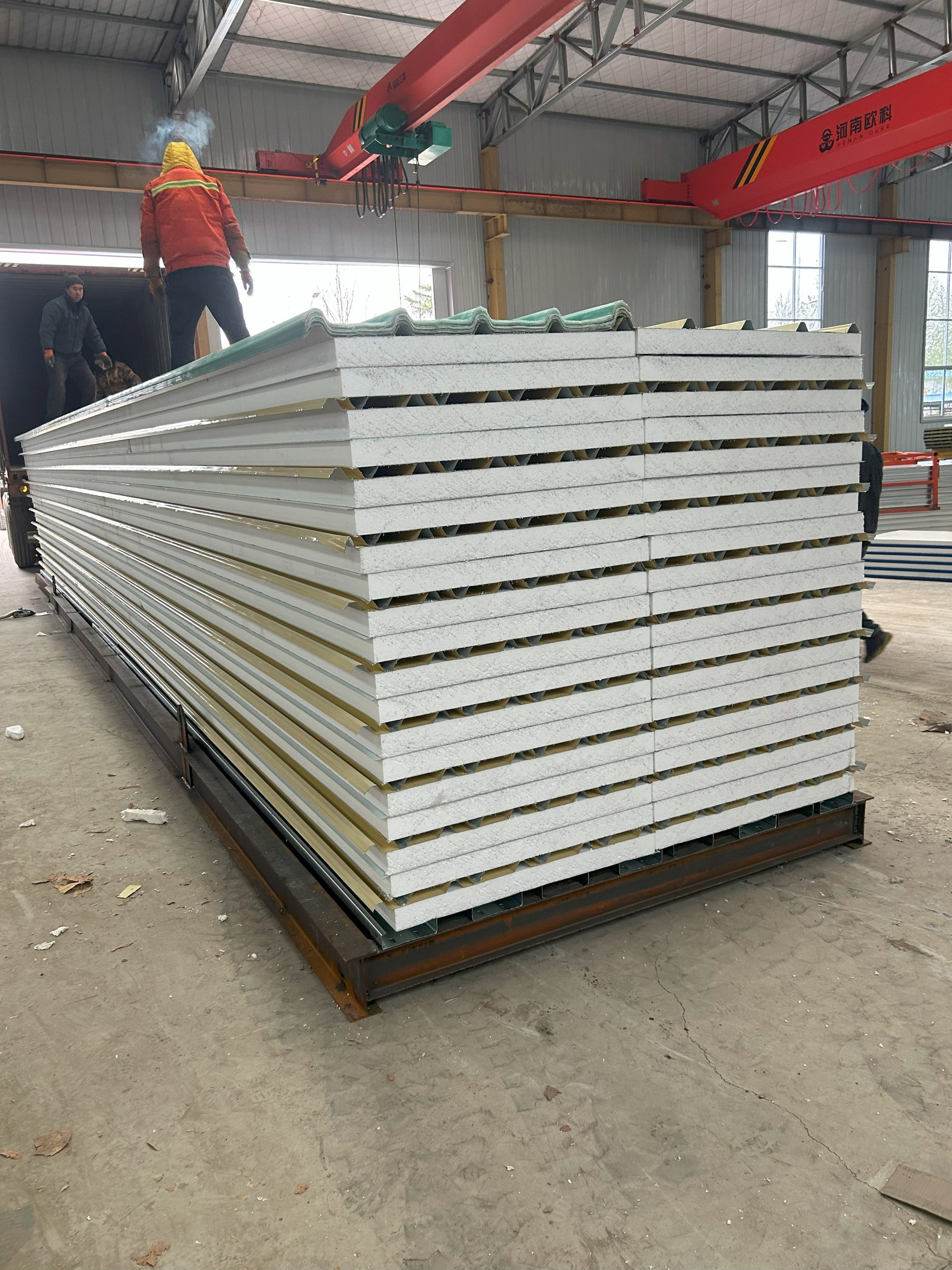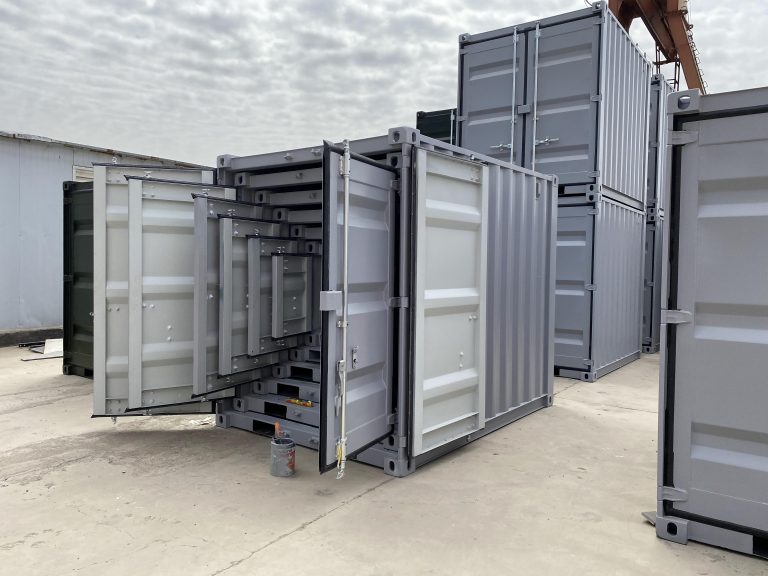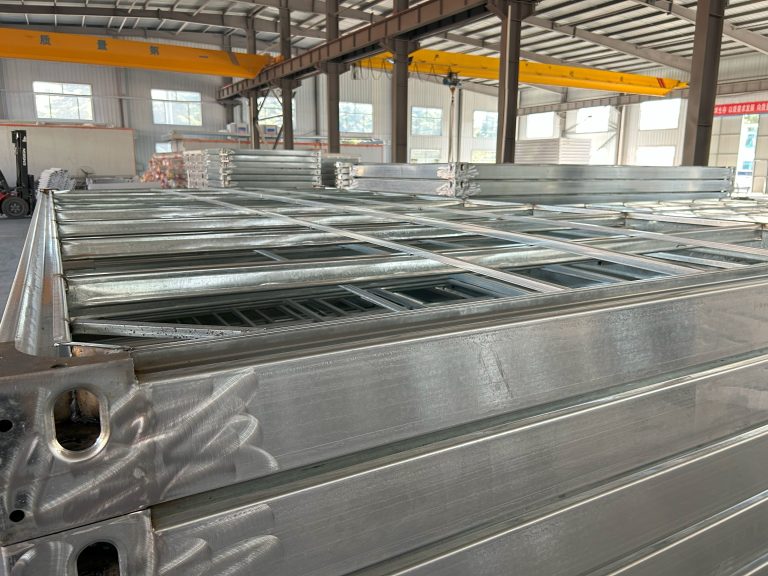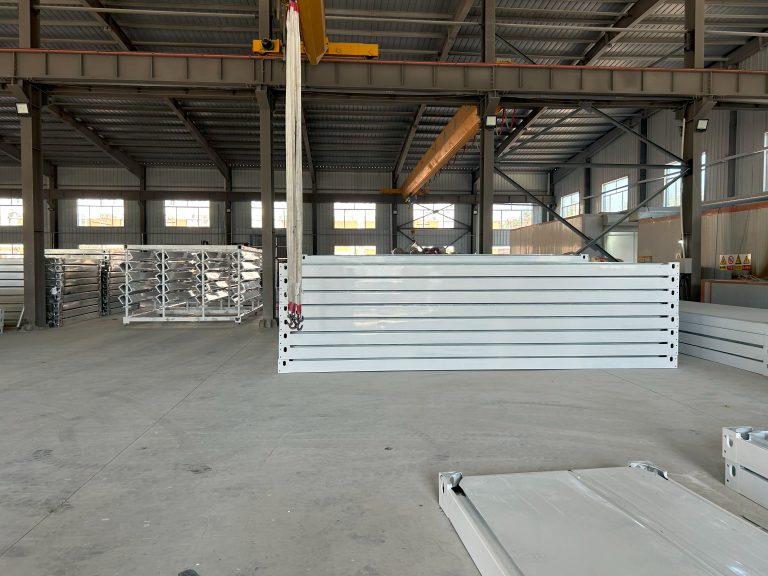Talent training and education needs of steel structure industry.
Table of Contents
Importance of Continuous Training for Steel Structure Industry Workers
The steel structure industry plays a crucial role in the construction sector, providing the framework for buildings, bridges, and other infrastructure projects. As such, the talent training and education needs of workers in this industry are of paramount importance. Continuous training is essential to ensure that workers have the skills and knowledge necessary to meet the demands of this dynamic and ever-evolving field.
One of the key reasons why continuous training is essential for workers in the steel structure industry is the rapid pace of technological advancement. New materials, tools, and techniques are constantly being developed, and workers need to stay up-to-date with these changes in order to remain competitive in the industry. Continuous training allows workers to learn about the latest advancements in the field and acquire the skills needed to implement them effectively.
Moreover, continuous training is essential for ensuring the safety of workers in the steel structure industry. Working with steel structures can be hazardous, and workers need to be trained on how to safely handle materials, operate equipment, and follow safety protocols. Continuous training helps workers stay informed about best practices for safety and ensures that they are able to identify and mitigate potential risks on the job.
In addition to safety concerns, continuous training also plays a crucial role in maintaining the quality of work in the steel structure industry. Proper training ensures that workers have the knowledge and skills needed to produce high-quality structures that meet industry standards and regulations. By investing in continuous training, companies can ensure that their workers are able to deliver top-notch results on every project.

Furthermore, continuous training is essential for fostering innovation and creativity in the steel structure industry. By providing workers with opportunities to learn new skills and explore new ideas, companies can inspire their employees to think outside the box and come up with innovative solutions to complex problems. Continuous training helps workers develop their creativity and problem-solving abilities, which can lead to improved efficiency and productivity in the workplace.
Overall, the talent training and education needs of workers in the steel structure industry are critical for ensuring the success and sustainability of this important sector. Continuous training is essential for keeping workers up-to-date with the latest advancements in the field, ensuring their safety on the job, maintaining the quality of work, and fostering innovation and creativity. By investing in continuous training, companies can empower their workers to excel in their roles and contribute to the continued growth and success of the steel structure industry.
Implementing Technology in Steel Structure Education and Training
The steel structure industry plays a crucial role in the construction sector, providing the framework for buildings, bridges, and other infrastructure projects. As technology continues to advance, the need for skilled workers in this industry is more important than ever. To meet the demands of the modern steel structure industry, it is essential to focus on talent training and education.
One of the key challenges facing the steel structure industry is the rapid pace of technological change. New materials, design techniques, and construction methods are constantly being developed, requiring workers to stay up-to-date with the latest trends and innovations. This means that ongoing training and education are essential for workers in this industry to remain competitive and meet the demands of their employers.
In recent years, there has been a growing emphasis on implementing technology in steel structure education and training. This includes the use of virtual reality simulations, 3D modeling software, and other digital tools to enhance the learning experience for students and workers. By incorporating these technologies into training programs, individuals can gain hands-on experience with cutting-edge tools and techniques, preparing them for the challenges of the modern steel structure industry.
One of the key benefits of using technology in steel structure education and training is the ability to provide a more interactive and engaging learning experience. Virtual reality simulations, for example, allow students to explore complex structures in a virtual environment, gaining a better understanding of how different components fit together and interact. This hands-on approach can help to reinforce key concepts and improve retention rates among learners.
In addition to virtual reality simulations, 3D modeling software is another valuable tool for training workers in the steel structure industry. By creating detailed digital models of structures, students can gain a better understanding of how different design elements impact the overall integrity and strength of a building. This can help to improve their problem-solving skills and prepare them for real-world challenges in the field.
Another important aspect of talent training and education in the steel structure industry is the need for specialized skills and knowledge. As technology continues to advance, workers must be able to adapt to new tools and techniques, requiring ongoing training and education. This includes staying current with industry standards and regulations, as well as learning how to use new materials and construction methods effectively.
To address these challenges, many educational institutions and training programs are now offering specialized courses and certifications in steel structure design and construction. These programs cover a wide range of topics, including structural analysis, building codes, welding techniques, and project management. By completing these courses, individuals can gain the skills and knowledge needed to succeed in the steel structure industry and advance their careers.
Overall, the talent training and education needs of the steel structure industry are evolving rapidly, driven by technological advancements and changing industry demands. By implementing technology in education and training programs, workers can gain the skills and knowledge needed to succeed in this dynamic field. With a focus on specialized training, ongoing education, and hands-on experience, individuals can prepare themselves for the challenges and opportunities of the modern steel structure industry.






